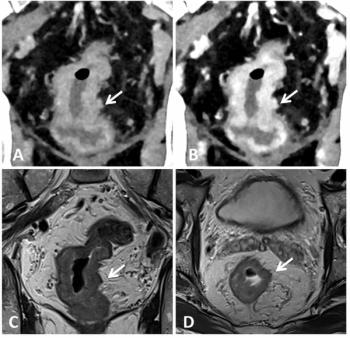
CTA, MRA gain ground in cardiac diagnoses
Cardiologists will become increasingly dependent on angiograms generated using CT and MR over the next three years, according to a report released by IMV Medical Information Division, a Des Plaines, IL, market research firm. Within that time, cardiologists predict that CT angiography will take the place of SPECT and cardiac catheterization for evaluating seven of 11 major cardiac conditions.
Cardiologists will become increasingly dependent on angiograms generated using CT and MR over the next three years, according to a report released by IMV Medical Information Division, a Des Plaines, IL, market research firm. Within that time, cardiologists predict that CT angiography will take the place of SPECT and cardiac catheterization for evaluating seven of 11 major cardiac conditions.
SPECT, cardiac cath, and echocardiography are the top three techniques used by cardiologists today. SPECT is gaining ground, and is identified by cardiologists as one of the modalities they use more frequently today than they did three years ago. About 96% of cardiologists surveyed by IMV order SPECT procedures monthly. Echocardiography is considered the number one diagnostic imaging modality by cardiologists for evaluating patients believed to have congestive heart failure, valvular heart disease, endocarditis, and syncope, as well as recent survivors of myocardial infarction and ventricular fibrillation.
Rapid advances in imaging technology, however, are threatening the positions of both SPECT and echocardiography, according to Mary C. Patton, director of market research for IMV. Research conducted by the firm indicates that 72% of U.S. cardiologists order CTA procedures and 59% order MR or MRA procedures monthly.
IMV's report, Present Practices and Future Directions in Cardiac Imaging: The Cardiologist's Perspective, examines the modalities used now and likely to be used in the future to evaluate nine cardiac conditions and two postsurgical situations. They include echocardiography, cardiac cath, SPECT and SPECT/CT, coronary CTA, CT for calcium scoring, MR and MRA, and PET and PET/CT. The report also explores cardiologists' plans to purchase specific types of diagnostic imaging equipment within the next three years.
Newsletter
Stay at the forefront of radiology with the Diagnostic Imaging newsletter, delivering the latest news, clinical insights, and imaging advancements for today’s radiologists.



























